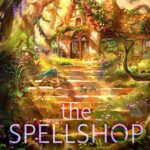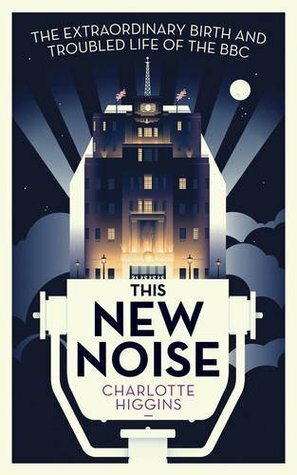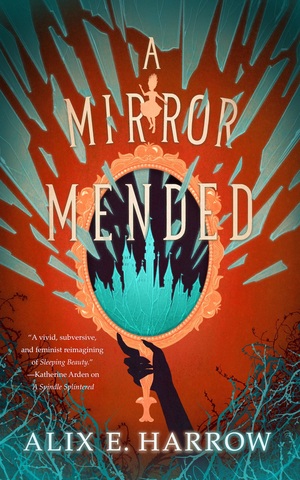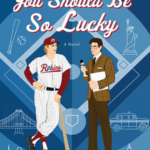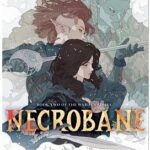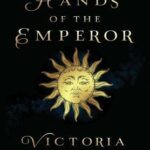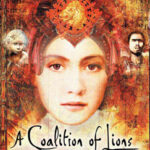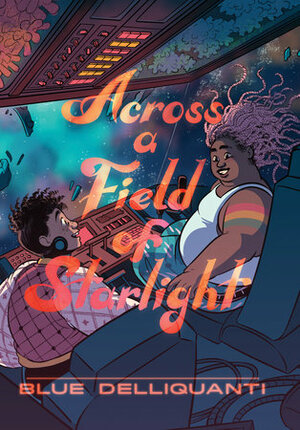This week’s Top Ten Tuesday prompt is about the new book releases coming up in the latter half of 2024! I always feel like I have no idea, and then discover fascinating books upcoming, so let’s dive in a bit…
- The Spellshop, by Sarah Beth Durst. This one sounds so cosy, I’m keen to dig in. And will get to do so soon: out 9th July!
- Summer’s End, by Juneau Black. No surprises that this one’s top-of-mind: it’s coming 10th July, if memory serves, and I’m very ready to return to Shady Hollow and spend some time with Vera Vixen.
- Tour de Force, by Christianna Brand. This one’s a funny inclusion in that I don’t want it so much for itself, but because it’s the British Library Crime Classic for July, and I’d want it no matter what. But I’m just in the perfect mood for mysteries right now, so this month finds me a little impatient!
- The Duke at Hazard, by KJ Charles. This one sounds like a romp, and I’m definitely in need of that. Due on 18th July, and you better believe I have it preordered.
- A Sorceress Comes to Call, by T. Kingfisher. I love Kingfisher’s fairytale retellings, and her style in general, so I’m looking forward to this one. Due out in August, so maybe it’ll be a birthday present to myself.
- Haunt Sweet Home, by Sarah Pinsker. I’ve been meaning to read Sarah’s work forever, but still haven’t got round to it. I’m determined to change that before September, which is when Haunt Sweet Home comes out — I have an eARC.
- The City in Glass, by Nghi Vo. I actually know very little about this beyond the title: it’s an insta-buy because it’s Nghi Vo. I haven’t always loved her work (I wasn’t a huge fan of The Chosen and the Beautiful), but she’s written some things I really love. Due out in October!
- Swordcrossed, by Freya Marske. The cover and description sound so fun — and a bit of a Swordspoint vibe. Plus a comparison to Legends & Lattes, which I loved. Due out in October, though I should read it sooner as I have an eARC!
- The Bloodless Princes, by Charlotte Bond. Very curious where this goes, after the first novella surprised me. Due out in October.
- Heavenly Tyrant, by Xiran Jay Zhao. We’ve been waiting for this so long! I’m definitely going to have to read the first book again to remember all the details. Coming out in December, at last.
I know, I know, no non-fiction — I usually find that by browsing in shops, so I don’t always know what’s coming down the pipeline. Let me know if there’s anything cool that I’ve missed…
I’m eager to hear what books other people are looking forward to, as well! I definitely need recommendations and absolutely don’t have a massive TBR pile already. Mmmhmm.
